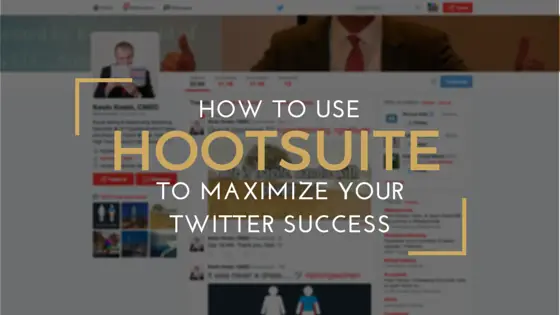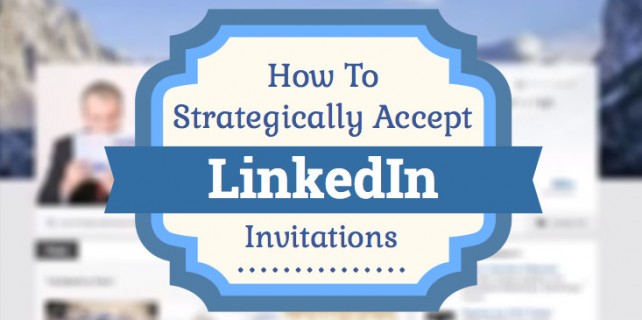Kevin Knebl, author and trained social media advisor, fills Shweiki Media in on the “ins and outs” of Linked-In profile optimization during his social media webinar. Knebl describes LinkedIn as an online business database, complete with over 200 million users worldwide and gaining new users every couple of seconds. Functionally, Linked-In is used as a site business professionals look towards to “link” up with both past coworkers and clients and valuable potential future contacts.
or Click here to download the audio podcast of this presentation.
LinkedIn: online business card
Knebl reports that the average LinkedIn user is over forty years-old and makes approximately 100k a year. This is important data to know when creating ones own personal profile, because it gives the user an idea of (1) what the majority of users’ pages might look like (thus giving the creator a status quo template to build on) and (2) it supplies the user with an accurate estimation of the demographic profile of their LinkedIn peers (providing him/her with a basic understanding of how to conduct himself/herself conversationally online).
Because of the business implications LinkedIn thrives on, Knebl equates a personal profile to an online business card. It essentially tells the story of both who you are and what you do. Knebl believes that every detail is important when optimization is considered, stating that “huge doors of opportunity swing on small hinges.”
Profile details
1- Have a photo headshot (as opposed to logo, third-party picture, ect.) Choosing a smiling (or generally in a good mood) profile picture is important, as in most cases this is the first impression a potential business client will have.
2- Married females should highlight their middle name between their current first and last (so users who knew them pre-marriage can still link up)
3- Build an informal headline. A headline is a space consisting of 120 characters to promote individual job titles and a short description of a unique personality. Knebl advises that the more informative headline the better. The user wants a clear picture of who they are looking for and why.
5- Summary
Knebl hints that the summary is both the most important section of the LinkedIn profile, and where most users find themselves astray. “Most summaries dont have anything in it,” Knebl explains. “Don’t leave money on the table, this is where you have the most real estate to explain who you are and what about you adds value.” Knebl even suggests uploading a client testimonial or self-shot promotional video in the allotted space. Adding video links personal YouTube channels and video content with LinkedIn contacts.
Another important LinkedIn summary feature is it’s SEO capabilities. LinkedIn specifically designed it’s SEO technologies to score summaries and highlight them in Google searches.






